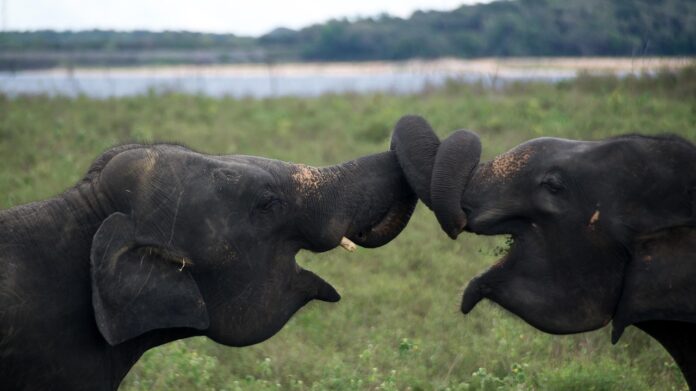Protecting Sri Lanka’s Forests and Endangered Species
Frontpage Journal | Climate Insights
Sri Lanka is globally recognized for its rich biodiversity, boasting unique ecosystems and endemic species found nowhere else on Earth. Yet this natural wealth is under unprecedented threat. Deforestation, habitat fragmentation, illegal wildlife trade, and climate change are driving species toward extinction, jeopardizing ecological balance and the economic benefits that healthy ecosystems provide. Protecting biodiversity is not merely an environmental concern; it is a strategic imperative for national development, tourism, and long-term resilience.
Forests serve as critical carbon sinks, mitigate flood risks, and maintain soil health, functions essential for sustainable agriculture and human well-being. Loss of forest cover not only endangers species such as leopards, elephants, and endemic birds, but also undermines natural resources that support livelihoods, particularly in rural communities. Similarly, marine biodiversity underpins fisheries and coastal economies, both vital for food security and export revenue.
Addressing these challenges requires coordinated action. Strengthening protected areas, enforcing anti-poaching laws, and investing in habitat restoration are fundamental steps. Community engagement is equally critical, as local populations play a frontline role in conservation efforts. Education, economic incentives, and participatory governance ensure that conservation initiatives align with the needs and interests of those directly impacted.
Technology and research also provide opportunities for effective conservation. Satellite monitoring, GIS mapping, and wildlife tracking enable real-time understanding of threats, while scientific studies inform policy and habitat management. Collaboration with international conservation organizations can bring expertise, funding, and best practices, helping Sri Lanka meet global biodiversity standards and commitments.
Protecting Sri Lanka’s biodiversity is both an ecological and economic priority. Thriving forests, healthy wildlife populations, and resilient ecosystems sustain tourism, agriculture, and fisheries while reinforcing climate resilience. Strategic conservation today ensures that future generations inherit a nation rich in natural heritage and ecological stability, strengthening both national identity and economic prosperity.




